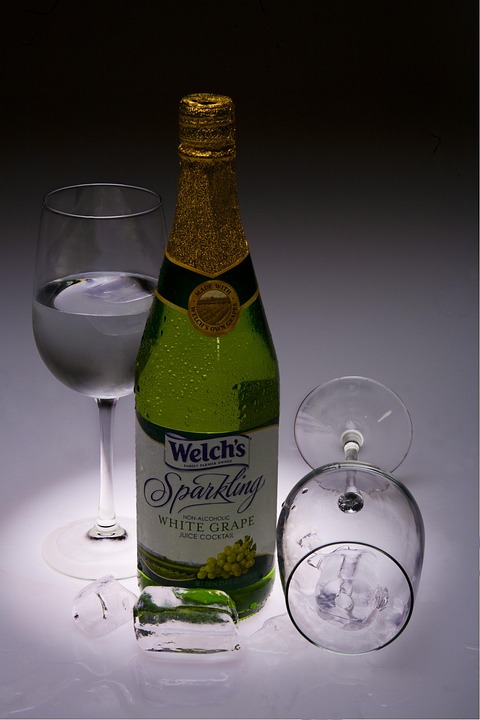Ice wine, also known as Eiswein in German, is a rare and luxurious dessert wine category that has captured the hearts of wine enthusiasts around the world. This unique wine is made from grapes that have been left to freeze on the vine, resulting in a concentrated and intensely flavored wine that is sweet and refreshing. In this report, we will explore why ice wine is considered a rare and luxurious dessert wine category, delving into the reasons behind its high price point, the process of making ice wine, and the key players in the industry.
Why is ice wine considered a rare and luxurious dessert wine category?
1. Labor-intensive production process
One of the main reasons why ice wine is considered rare and luxurious is due to the labor-intensive production process involved in making this wine. Unlike traditional wines that are harvested in the fall, ice wine grapes are left on the vine until they freeze, usually in the winter months. This means that winemakers must wait for the perfect conditions to harvest the grapes, often risking losing the entire crop if the weather does not cooperate. The frozen grapes are then handpicked in the early hours of the morning when temperatures are at their lowest, adding to the cost and labor involved in producing ice wine.
2. Limited production volumes
Another factor that contributes to the rarity of ice wine is its limited production volumes. The freezing temperatures required to make ice wine are not common in many wine-producing regions, leading to a limited number of vineyards that are able to produce this type of wine. Additionally, the yields from ice wine grapes are much lower than traditional grapes due to the freezing process, further limiting the amount of ice wine that can be produced each year. This scarcity drives up the demand and price of ice wine, making it a coveted and luxurious dessert wine category.
3. Exceptional flavor profile
Ice wine is renowned for its exceptional flavor profile, characterized by intense sweetness, high acidity, and complex fruit flavors. The freezing process concentrates the sugars in the grapes, resulting in a lusciously sweet and rich wine that is balanced by a refreshing acidity. The flavors of ice wine can range from tropical fruits like mango and pineapple to stone fruits like peach and apricot, creating a unique and decadent tasting experience. This exceptional flavor profile adds to the allure of ice wine as a rare and luxurious dessert wine category.
The process of making ice wine
The process of making ice wine is a delicate and precise art that requires careful attention to detail. As mentioned earlier, the grapes used to make ice wine are left on the vine until they freeze, usually after the first frost of the season. Once the grapes have reached the optimal freezing point, they are handpicked and pressed while still frozen. This process allows the winemaker to extract only the concentrated juice from the frozen grapes, leaving behind the ice crystals and water content.
The juice is then fermented at a low temperature for several months to preserve the delicate flavors and aromas of the wine. The resulting ice wine is typically bottled in small quantities due to the limited yields from the frozen grapes. The entire process of making ice wine is time-consuming and labor-intensive, further adding to its rarity and luxurious appeal.
Key players in the ice wine industry
Several wine regions around the world are known for producing high-quality ice wines, with Canada and Germany being the most renowned producers. In Canada, the Niagara Peninsula in Ontario is famous for its ice wines, particularly those made from Vidal and Riesling grapes. Inniskillin and Peller Estates are two of the most well-known ice wine producers in Canada, with a reputation for producing award-winning ice wines that are sought after by collectors and connoisseurs.
In Germany, the Rheingau and Mosel regions are known for their Eiswein production, with wineries like Schloss Johannisberg and Dr. Loosen producing some of the finest ice wines in the world. These German ice wines are made primarily from Riesling grapes and are prized for their purity, elegance, and balance of sweetness and acidity.
Other notable ice wine producers include Austria, Hungary, and the United States, with each region bringing its own unique style and flavors to the table. While ice wine remains a niche and exclusive category within the wine industry, its popularity continues to grow as more wine lovers discover the allure of this rare and luxurious dessert wine.
In conclusion, ice wine is considered a rare and luxurious dessert wine category due to its labor-intensive production process, limited production volumes, and exceptional flavor profile. The process of making ice wine is a delicate art that requires patience and precision, resulting in a wine that is highly sought after by collectors and connoisseurs. With key players in the industry producing top-quality ice wines from around the world, this unique wine category continues to captivate wine enthusiasts and remain a symbol of luxury and indulgence.




